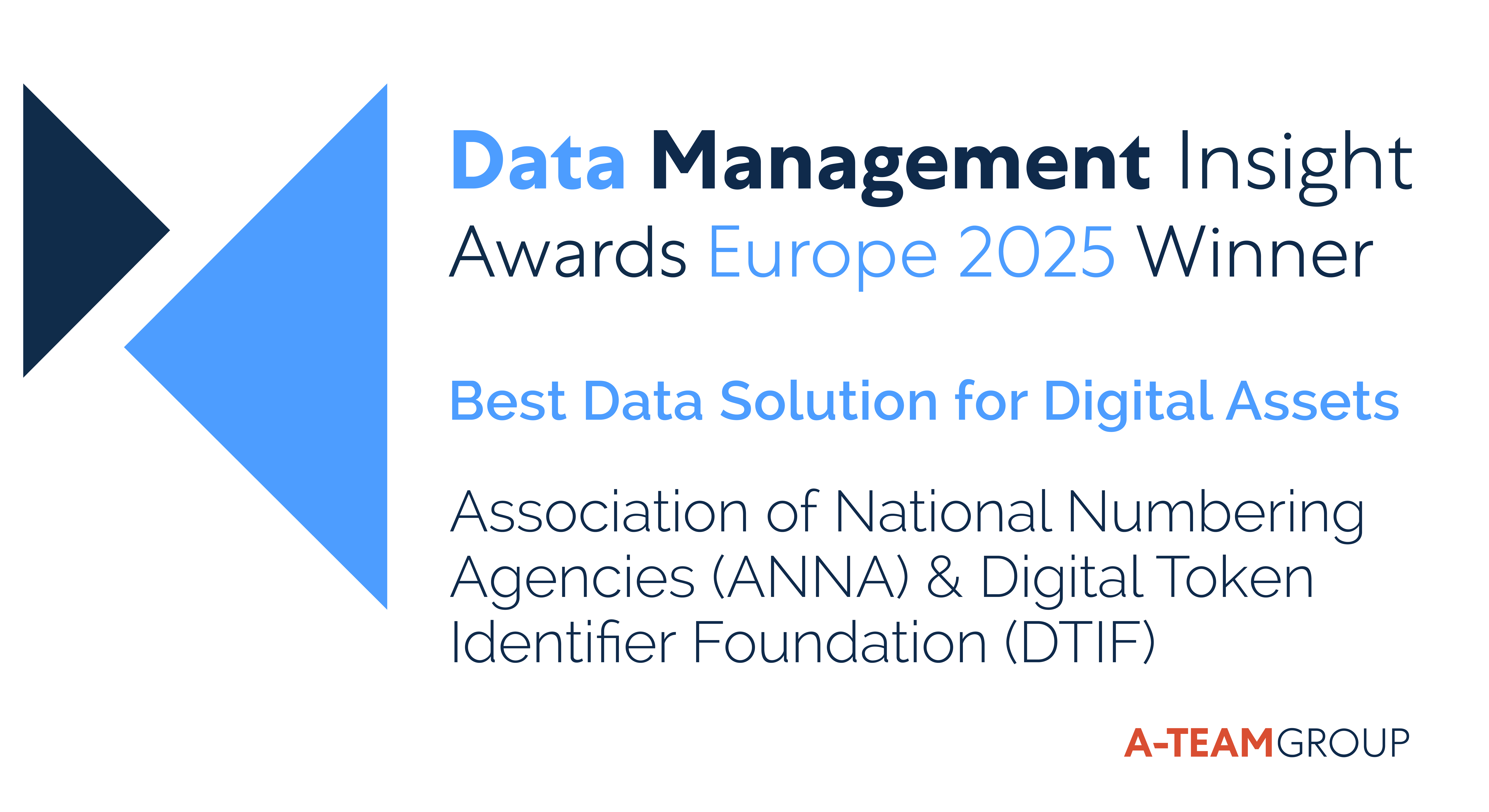Confirmed at ANNA’s General Meeting, Muscat, 3rd & 4th December 2025 London, 5 December 2025…

Regulatory Development Perspectives: ANNA Q&A with Prof. Andreas Hoepner, Full Professor of Operational Risk, Banking & Finance at the Smurfit Graduate Business School of University College Dublin and Head of the Data Science Hub of the EU Platform for Sustainable Finance
As the European Commission recently issued amendments to the Sustainable Finance Disclosure Regulation (SFDR) to provide further clarity and guidance, Stephan Dreyer, MD of ANNA, took the opportunity to speak to Prof. Andreas Hoepner, Head of the Data Science Hub of the EU Platform for Sustainable Finance, to better understand the challenges faced by investors and how standard identifiers such as ISIN and LEI can help in the identification of green activities.
Stephan Dreyer: Why is Sustainable Finance relevant for ANNA?
Prof. Andreas Hoepner: Sustainable investors these days spend a lot of time separating companies from activities using instruments such as green bonds. When a green bond is issued, all proceeds are, in theory, only used for a ‘sustainable’ purpose and not for a general, possibly unsustainable purpose. This means that the green bond needs to be clearly separated from conventional bonds of the same issuer or company group not only at issuance itself but also in monitoring the allocation of the funds, the so-called green bond allocation reports. Given that ANNA has been supporting efficient capital markets through the use of widely embraced international Organisation for Standardisation (ISO) standards for 30+ years, it is in a good position to help industry identify such instruments for trade reporting.
Stephan Dreyer: Who decides what is green?
Prof. Andreas Hoepner: In the European Union, the EU Green Bond standard uses the EU’s Green Taxonomy as a guideline for greenness. The EU Taxonomy has been developed by an independent technical expert group since 2018 in thousands of pages. For instance, it declares electricity generation below 100g of CO2e per kilowatt hour green. It is not free from political interference, as the Taxonomygate episode showed. Still, from an identifiability perspective, no matter what the exact green rules are, ISINs and LEIs, in particular, are urgently needed to separate green activities from not (yet) green activities.
Stephan Dreyer: What are the identification challenges faced by investors aiming to assess green activities?
Prof. Andreas Hoepner: Following capital allocation through complex multinational corporations presenting consolidated financial accounts requires an excellent data science laboratory set-up, which essentially knows all subsidiaries and their distinct activities with their parent and ultimate parent entities, regardless if they are directly investable. Current sector classifications are unfortunately very unhelpful, as they either squeeze one company into one box (e.g. GICS, ICB) or allow companies to self-classify (e.g. NACE, NAICS), which may result in the holdings of gas companies listing themselves as financial services since their prime activity is issuing bonds.
Stephan Dreyer: What are the disclosure requirements of sustainable investors?
Prof. Andreas Hoepner: Those wanting to invest sustainably must also disclose under Article 8 or 9 of the EU Sustainable Finance Disclosure Regulation (SFDR). Such disclosure involves their percentage of sustainable investments, which excludes any organisation that does significant harm to the environment or society, as well as any organisation that does not display good levels of employee treatment and tax compliance.
Stephan Dreyer: So tax compliance also matters to sustainable investors?
Prof. Andreas Hoepner: Yes, it very much does. On April 12th 2023, the European Supervisory Authorities proposed using the Amount of Accumulated Earnings in non-cooperative tax jurisdictions as a tax screen. So any firm with too many earnings sitting in Russia, Panama, the Bahamas, the British Virgin Islands or the US Virgin Islands is not making the green cut. To understand these relations, investors again need a very well-identified and updated corporate structure data set relying on ISINs and LEIs.
Stephan Dreyer: I am impacted and overwhelmed by the Green Taxonomy and SFDR. What can I do?
Prof. Andreas Hoepner: Contact me on LinkedIn. Part of my role as Head of the Data Science Hub of the EU Platform for Sustainable Finance is to listen to concerns and ideas, particularly from the data-driven community.
Stephan Dreyer: So Andreas, what are you doing hands-on in the Data Science Hub of the EU Platform for Sustainable Finance?
Prof. Andreas Hoepner: Thank you for asking. We are 20+ individuals who design methodologies such as precautionary principle based estimations of greenhouse gas emissions (see, for instance Nature Climate Change publication), test them in hands on in our data science laboratories, and communicate with stakeholders, especially those who operate data-driven. For all these purposes, it would obviously be excellent to significantly advance the coverage of ISIN LEI mapping, which many national numbering agencies are already extensively using to ensure for the interoperability in the market.



Comments (0)